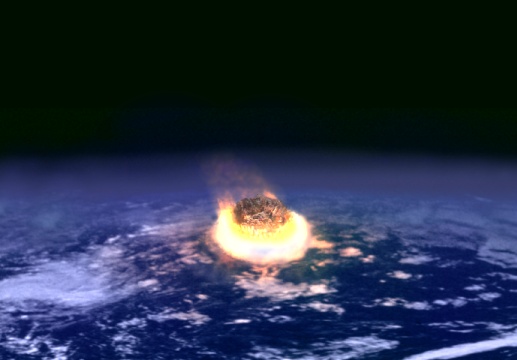Wolfshadw, you posted "To my knowledge, it is relatively easier to nudge an incoming impactor off course than it would be to slow it down. If an object is so close that an impact is inevitable, then it's too late to do anything about it anyway."
I agree with your comment on nudging versus slowing down. However, I do have problems with the idea that it is easy and wide ranging. You are absolutely correct that if an object is too close, it will hit anyway. What I have not seen are any calculations based on triangular diagrams resolving momentum. Let me be clear, I have seen mention of energy, force, etcetera, but I think momentum is key.
Wiki has two important points of relevance:
Point 1
In
Newtonian mechanics,
linear momentum,
translational momentum, or simply
momentum (
pl. momenta) is the product of the
mass and
velocity of an object. It is a
vector quantity, possessing a magnitude and a direction. If
m is an object's mass and
v is its velocity (also a vector quantity), then the object's momentum is:
{\displaystyle \mathbf {p} =m\mathbf {v} .}
In
SI units, momentum is measured in
kilogram meters per second (
kg⋅
m/s)
BUT Point 2
Application to collisions
By itself, the law of conservation of momentum is not enough to determine the motion of particles after a collision. Another property of the motion,
kinetic energy, must be known. This is not necessarily conserved. If it is conserved, the collision is called an
elastic collision; if not, it is an
inelastic collision.
Point 2 makes it clear that changing the direction of incoming asteroids is not as straightforward as may be suggested. It is even more complicated because we are not dealing with inelastic spheres, but with stony or iron bodies, some of which may shatter, producing a plurality of smaller, but still very dangerous, pieces.
I rest my case. 'Changing direction' is not a foolproof answer to the threat of impact.
Cat






